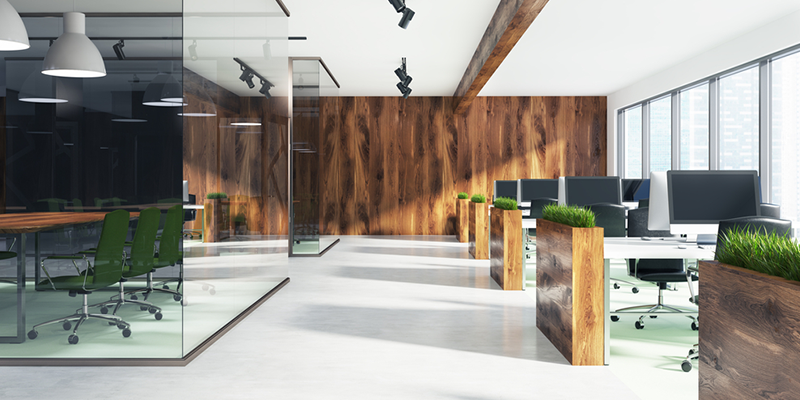
Most of us would acknowledge that good design has a powerful influence on how people think and behave. As today’s companies wake up to the value of workers who are truly engaged in their work — a clear case of trying to encourage certain ways of thinking and behaving – they should probably be paying far more attention to place design. Few things are more instrumental in boosting — or diminishing — levels of employee engagement.
Environmental psychologists are the design mavens of the scientific world. We’re the folks who concentrate our attention on how sensory experiences, psychosocial factors such as needing a territory, and basic psychological drives like having control over our physical environment, interact with personality and national culture to influence how attitudes and actions are affected by being in one space or another. Several dozen of us, working around the world, are moving what scientists have learned about how humans experience space from the dark corners of academia into the light of design practice, where it can make people’s lives better.
One of the things that environmental psychologists focus on is how design affects mood. Via a chain of psychological chain reactions, mood influences worker engagement; more positive moods link to higher levels of engagement. Designing for engagement is designing to make those positive moods more likely.
Workplaces where employees are engaged communicate to the people who work there — and anyone else in them — that their employer values them and the contribution that they make. The psychological lift that comes from feeling respected enhances engagement. It’s easy to publish mission and vision statements that go on, at length, about how much employees are prized by the people issuing their paychecks; so these proclamations are largely ignored by workers. Employees spend a lot of time “reading” the messages sent by the environments in which they’re asked to work. Physical workplaces cost money — think about all the times you’ve heard the expression “putting your money where your mouth is” — so the messages they send carry a lot more weight in workers’ minds that easy to generate verbal platitudes.
A place indicates respect for employees when it supports them as they do their jobs. Workers want to do their work well. Workplace performance has a big influence on self-identity; not many of us want to live out our life as the employee who just doesn’t work out.
Generally, designers talk to the employees who will work in a space about their jobs and how a workplace being designed can optimize their performance. Often, the spaces that are built out don’t align with those conversations. A workplace gets designed that looks good, looks like the one the CEO of the client firm just saw in a glossy magazine spread, or looks like it may accomplish some ill-defined objective, such as increasing collaboration.
Workspaces should be designed so that each worker can do well whatever they do that adds the most value to their employer’s bottom line. That may be writing advertising copy or assessing financial plans or developing strategic objectives or something else entirely.
Most workers need to be able to concentrate on the tasks at hand, and that’s difficult in a field of cubicles or in a sea of faces when the cubicles are removed and all employees are asked to sit at long tables. And those open spaces aren’t spurring useful communication. Research consistently shows that constructive, work related collaboration doesn’t increase when work environments are made more open.
A range of workspaces can be provided for employees at a central office, and providing a smorgasbord of work locations is better than asking people to work in chaos, but people forget things, things that matter, every time they are asked to pack up what they’re working on and move to another place in their employer’s offices where they might be able to concentrate. It doesn’t take any sort of special training to know that thoughtful work may be thoughtlessly executed in spaces where there’s continuous action. Plus, management is assessed in part on the physical environments provided and workers aren’t too happy with those in charge when their workplaces just don’t work for them.